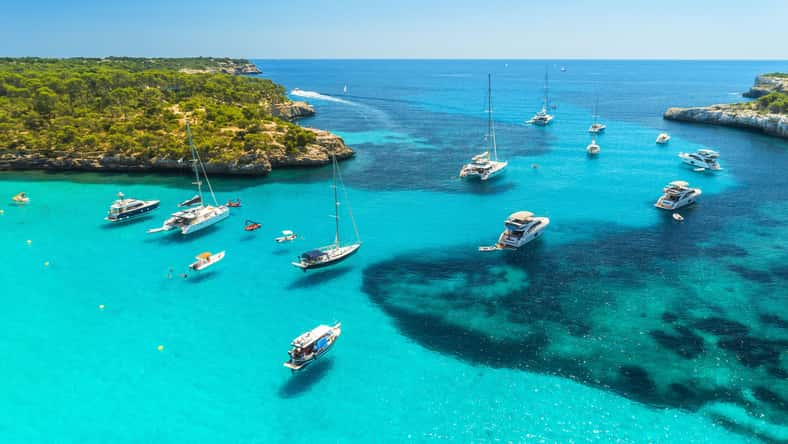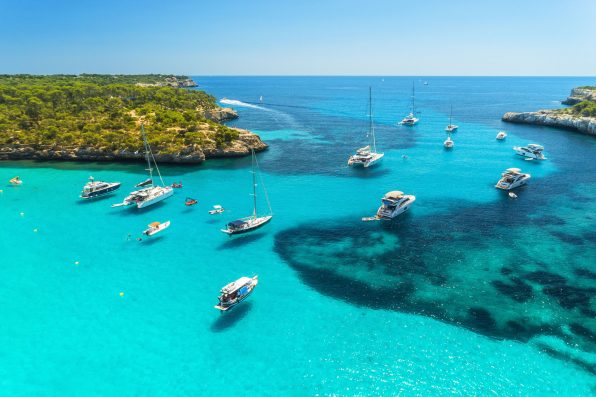Researchers In Spain Are Exploring A Roman-Era Shipwreck That Sank To The Botton Of The Mediterranean Sea About 1,700 Years Ago

Sometime during the 4th century, a ship ran aground and sank to the bottom of the Mediterranean Sea near what is now Spain.
Soon after, the vessel was covered in sand and sediment, which helped preserve it, along with the contents onboard.
The ship was discovered in 2019 after a strong summer storm exposed its ruins. It has become known as the Ses Fontanelles wreck and is located in Mallorca, the largest of the Balearic Islands in Spain.
Now, researchers are exploring the wreck, including the cargo it had been carrying.
When the Roman-era ship sank around 1,700 years ago, it was transporting a fermented fish sauce called liquamen or garum.
The details of their findings are published in the journal Archaeological and Anthropological Sciences.
The ship is 39 feet long and 16 to 19 feet wide. There were 300 amphorae, or sealed pottery jugs, that went down with it. The fish sauce was found in many of the containers.
Some had bits of fish bones in them, indicating that the liquamen was made with sardines and anchovies. The other amphorae also held culinary delicacies, such as wine, vinegar, olive oil, and what appeared to be olives preserved in a wine-reduction sauce.
Each jug came with a painted inscription that described what was in it. In addition, the researchers found reeds, grapevines, and various woody plants that were likely used to protect the amphorae during the voyage.

den-belitsky – stock.adobe.com – illustrative purposes only
Other objects identified among the wreckage were shoes, ropes, a wooden drill, and a coin from Roman Siscia.
The coin was made during the reign of Constantine the Great. It was embedded within the wood that connected the mast and hull as part of a Roman ship-blessing ritual. The coin also suggests that the ship was constructed after 320 C.E.
Experts analyzed samples of the ship’s wood to determine what it was made out of. It turned out that Roman shipbuilders used pine and other hardwoods, like cypress, olive, and bay laurel.
The vessel appeared to have departed from present-day Cartagena on the southeastern Iberian Peninsula. The researchers aren’t sure what caused the ship to sink. Based on its location, they suspect that it ran into a sandbar.
Sign up for Chip Chick’s newsletter and get stories like this delivered to your inbox.
More About:News





